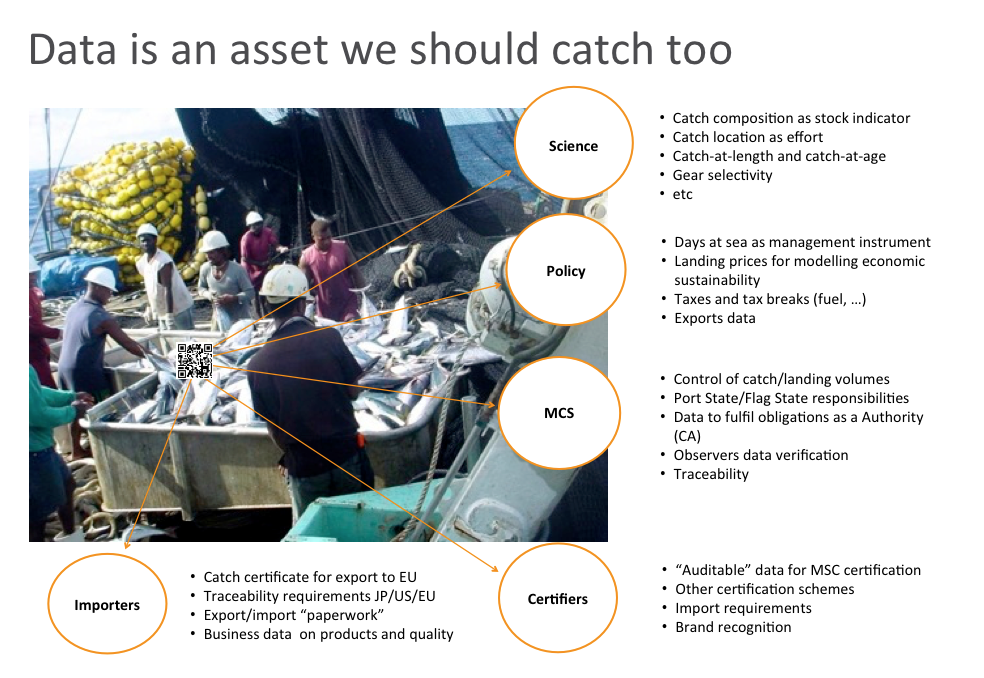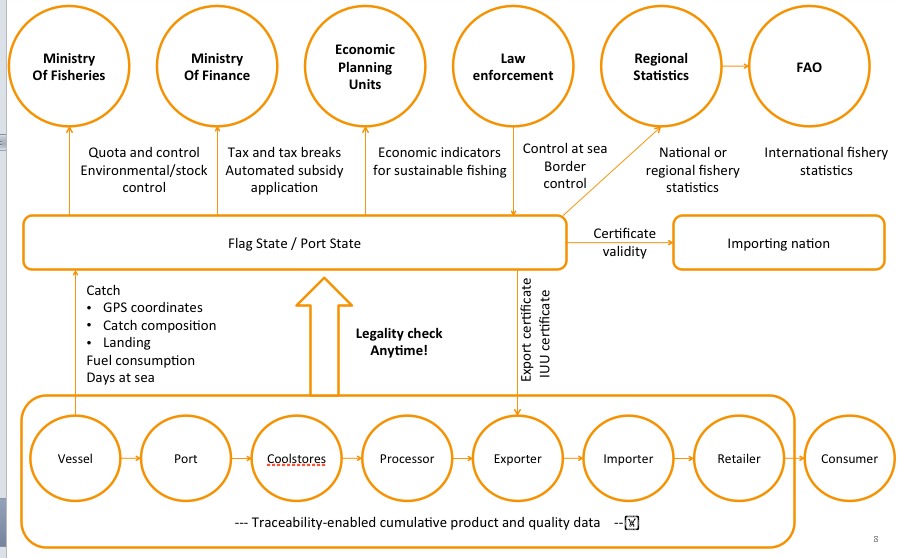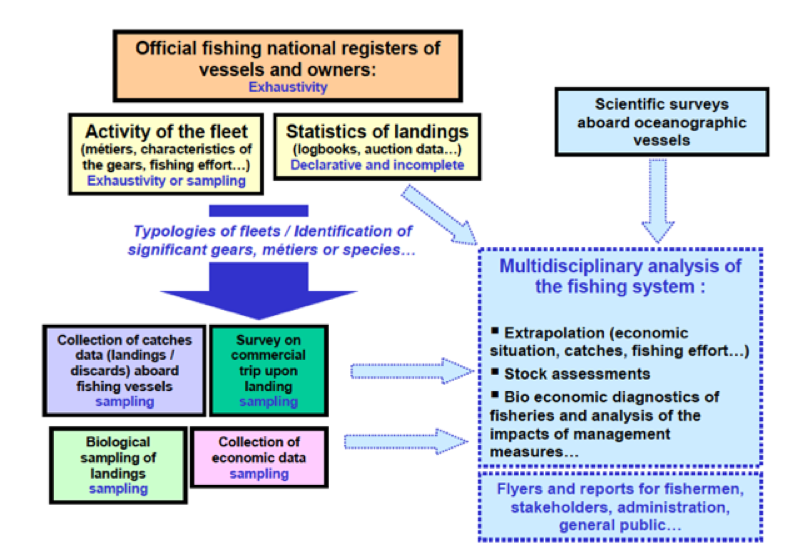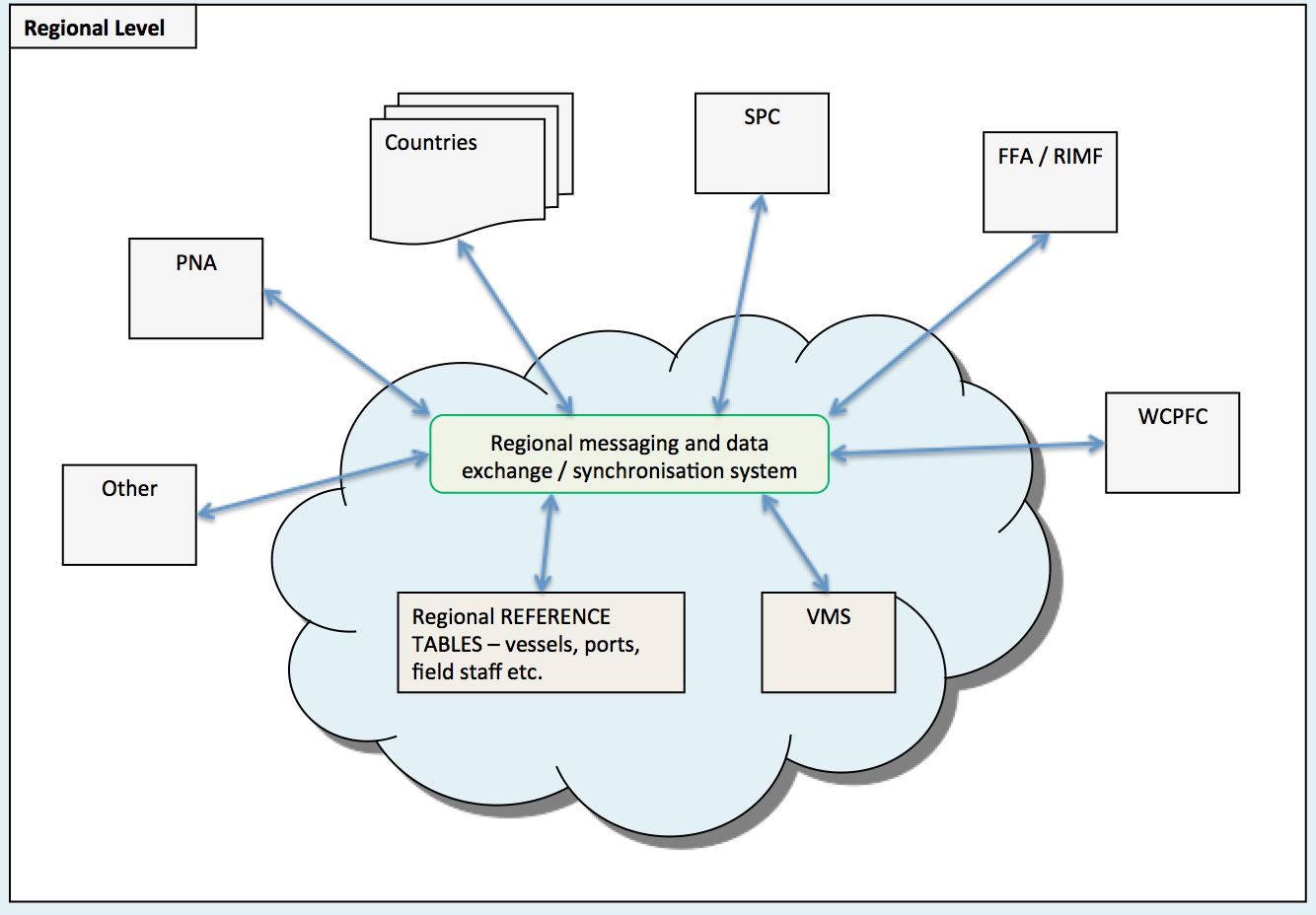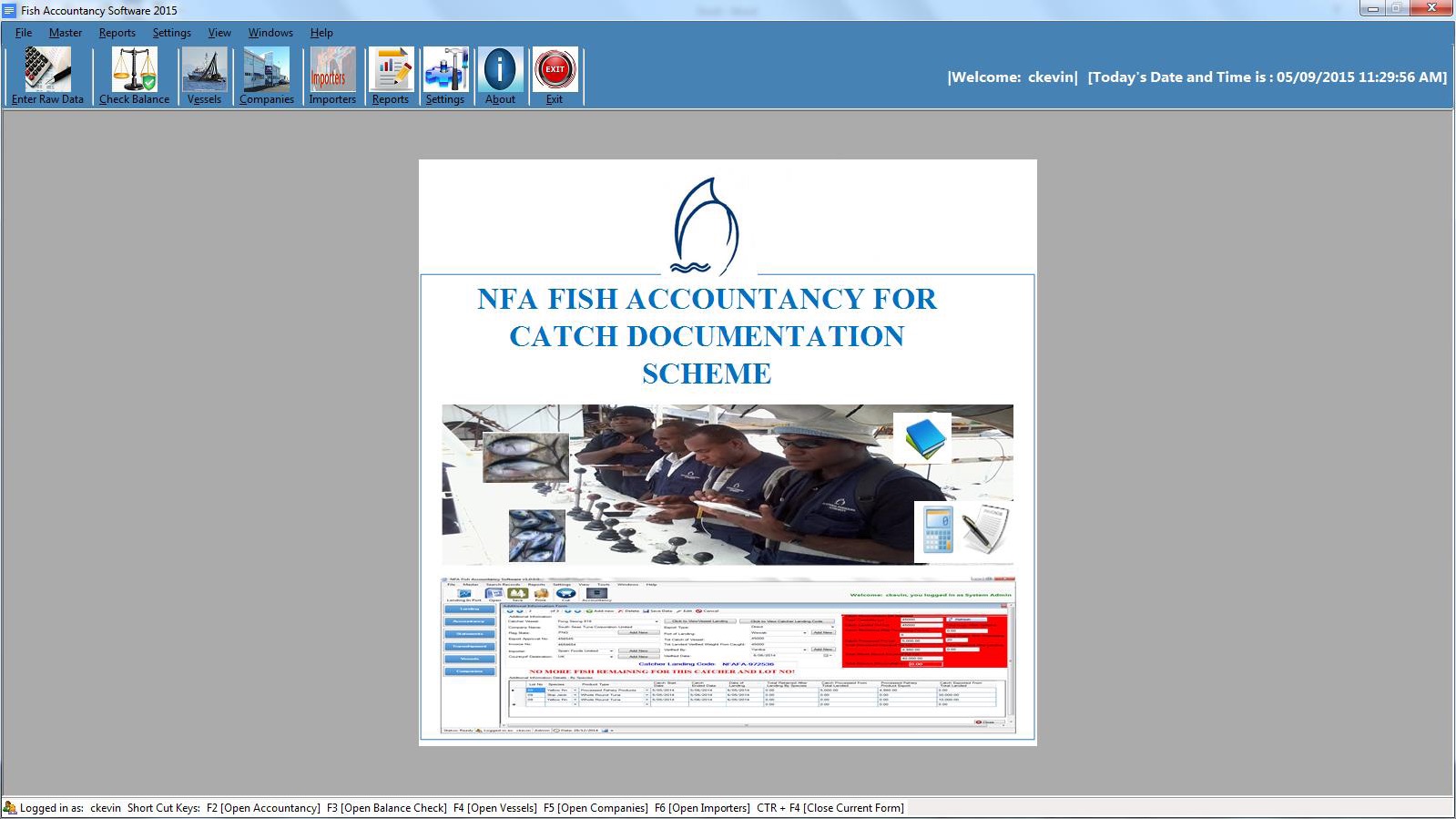Fisheries Information Management Systems
Good data collection and management the norm in terms of fisheries management, research, traceability, MCS and catch certification.
For this purpose is important to develop solid Fisheries Information Management Systems (FIMS), defined as a integrated collection of applications and related processes that together support a country’s national fisheries authority in achieving its business objectives through the provision of comprehensive, timely and quality data.
The function of an FIMS is to integrate relevant sets of fisheries‐related information and make them available at the “press of a button”. The system needs be in line with “best practice” data and information management, utilising the latest technology to allow fisheries managers to make informed decisions in a timely manner. And it also needs to allow for electronic exchanges on a national and regional basis involving partner agencies and the fishing industry itself.
I have worked in this area by providing services in two areas:
- Planning and design, adopting technologies from logistics management and banking, as to develop aplicable and functional tools.
- Product testing in function of its vulnerability to misrepresentations of data integrity, as well as data entry interfaces and system robustness, both on land and on board.
A good FIMS should be based on the following principles:
- Data is only ever entered once
- Data entered as close to the source of collection as possible
- All data entered is complete and correct
- Data is regularly checked for quality
- Data is accessible at any place at any time on any type of device as
- required
- Data is as real time as required
- Data should be rated by its timeliness and value
- Only data that helps the organization to deliver it's core objectives is
- collected
- The database is always independent from the user interface
- Security of information access is always a core deliverable
- National end‐users drive system development and testing
